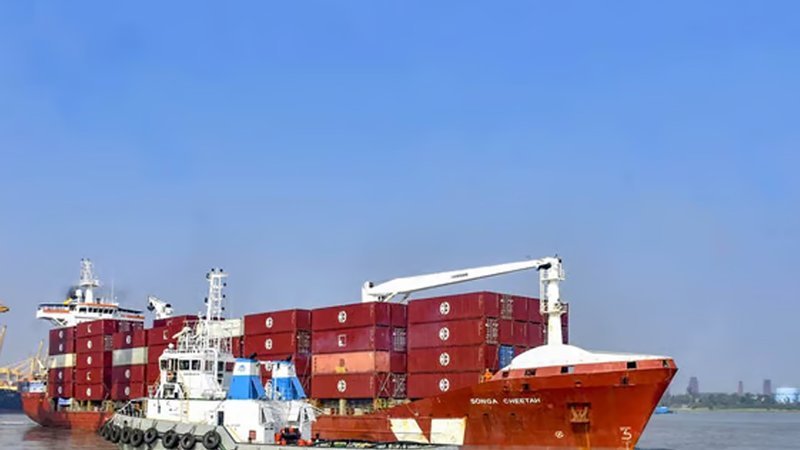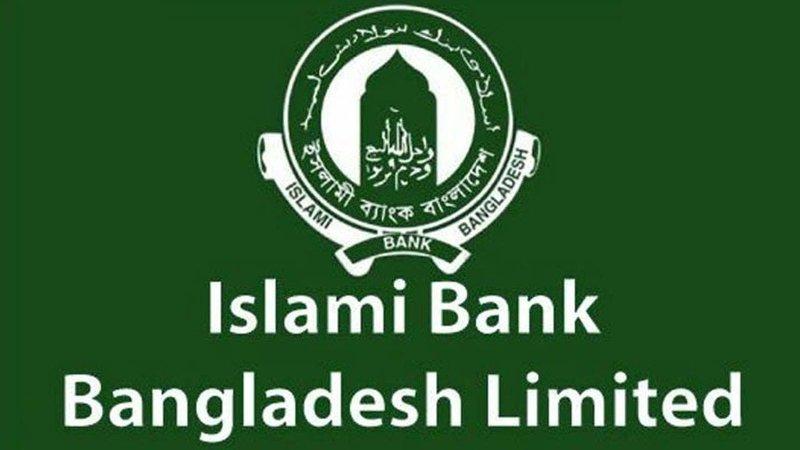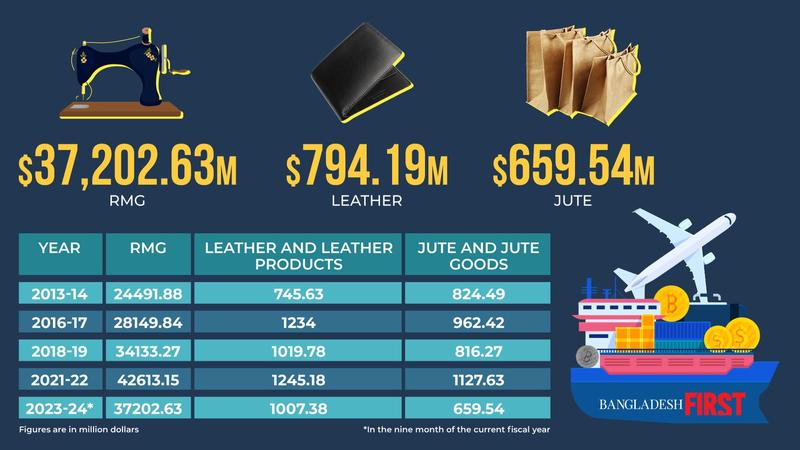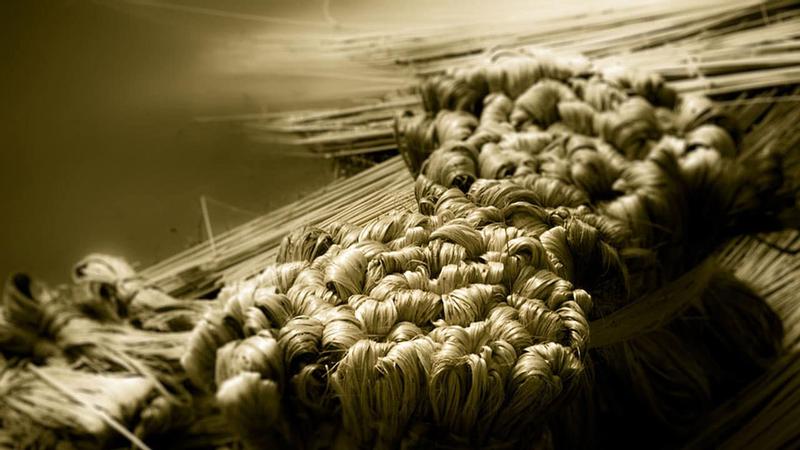Bangladesh has long been trying to diversify its export basket but it has failed to do so.
As a result, Bangladesh cannot come out of the RMG-dependent export industry.
Bangladesh’s latest export policy has identified 18 sectors as the priority sectors and 14 sectors as the emerging sectors.
The export policy promises that exporters will get loans at a reduced interest rate, rebates on income tax, bonded warehouse facilities and support to explore new markets, goods and attract FDI.
Ministry of Commerce has set an export target of $72 billion with 11.52% growth for the fiscal year 2023-24.
Export target for goods has been set at $62 billion while for the service sector, the target was set at $10 billion.
The export target achieved in FY 2022-23 was $64.55 billion, which saw a growth of 5.88%.
In the first nine months of the fiscal year, Bangladesh exported RMG products worth $37,202.63 million – accounting for 85.41%.
Meanwhile, the country exported leather and leather products worth $794.19 million and jute and jute goods worth $659.54 million.
In the fiscal year 2013-14, the country’s exports stood at $30,186.62 million.
Bangladesh exported RMG worth $24,491.88 million – accounting for 81.13%, while leather and leather products worth $745.63 million and jute and jute goods worth $824.49 million.
Jute in jumbles
Creation Private Limited Managing Director Rashedul Karim Munna and also the president of Bangladesh Diversified Jute Products, Manufacturers and Exporters Association, said there is a limitation in terms of getting raw materials for making diversified jute products.
“India has more than 100 types of jute fabrics for making diversified jute products. They can make quality products with the fabrics. On the other hand, Bangladesh has only four to five types of fabrics and it is not that quality fabric,” he added.
“It is the foremost challenge. We are talking about diversified products, but we don’t have such raw materials for making such products,” Rashedul Karim Munna said.
According to him, Bangladesh needs to establish specialised jute mills which will not only make fabric, they will do dying, and lamination facilities so entrepreneurs can make high-quality products.
“Bangladesh’s Jute Diversification Promotion Centre can provide us with product design support, skill development and product development. They can play a role in the local market as well as in the international market for selling our products. The National Jute Board of India does the same thing in India,” Rashedul Karim Munna further said.
“Jute Diversification Promotion Centre cannot do that because the centre still runs with project funds. As a result, the entity cannot do with the limited funds. As a result, Bangladesh is exporting 85% raw jute or yarn abroad or traditional jute goods. It does not need compliance because they are making goods with the raw materials in their factory with the jute,” he added.
Leather lagging behind
Industry people say the main challenge of the leather and leather goods is LGW certificates.
Bangladesh has shifted the tannery from Hazaribag to Savar to save the river Buriganga. However, as the Common Effluent Treatment Plant (CETP) does not work properly, the water waste in the tannery estate is now polluting the river and the environment.
Moreover, the authorities have not yet fixed the solid waste management of the tannery estate.
Diljahan Bhuiyan, senior vice chairman of Bangladesh Finished Leather, Leather Goods and Footwear Exporters Association (BFLLFEA) said at present only China buys the leather from them.
“They buy a product for one dollar 10 cents to one dollar 20 cents. They used to sell the same products for 2 dollars 20 cents 7 years back,” he said.
“Except for China, no one comes to us for leather. They all say that we will need an LWG certificate. To get a LWG certificate, we will first need the CEPT, solid waste management,” said Diljahan Bhuiyan.
Constraints cutting potentials short
According to Centre for Policy Dialogue (CPD) Senior Research Fellow Towfiqul Islam Khan, all sectors have their own constraints as well as limitations in the framework they operate in.
“Though the RMG sector is a 40-year-old industry, the incentive structure is still biased toward this sector. The most important facility is that the RMG sector gets the bonded warehouse facilities,” he said.
The CPD senior research fellow said RMG entrepreneurs can negotiate at the policy level but the other industry entrepreneurs could not do that.
“Whenever the RMG entrepreneurs faced a challenge, they faced the challenge unitedly. The stakeholders of other sectors could not do the same. As a result, the policy has always been biased toward those who are more influential,” he said.
“The sector-specific issue is that the potential sector has its own constraints. For example, the leather sector has been suffering from compliance issues. The government declared the ‘thrust’ sectors in the export policy. The implementation level is very weak. We need a diplomatic effort for exploring new markets too” Towfiqul Islam Khan further said.
Meanwhile, the Asian Development Bank (ADB) in its latest policy brief, released on 30 April, has suggested several recommendations for promoting export diversification in Bangladesh.
“Bangladesh’s protective measures, through high tariffs and para-tariffs, encourage a focus on the domestic market over exports, creating an anti-export bias,” ADB said in its brief titled, "Expanding and Diversifying Exports in Bangladesh: Challenges and the Way Forward."
"Tariff rationalisation is thus critical in dealing with this policy-induced bias. Lowering tariffs can stimulate domestic manufacturing, potentially balancing any revenue loss from reduced import tariffs," it added.













